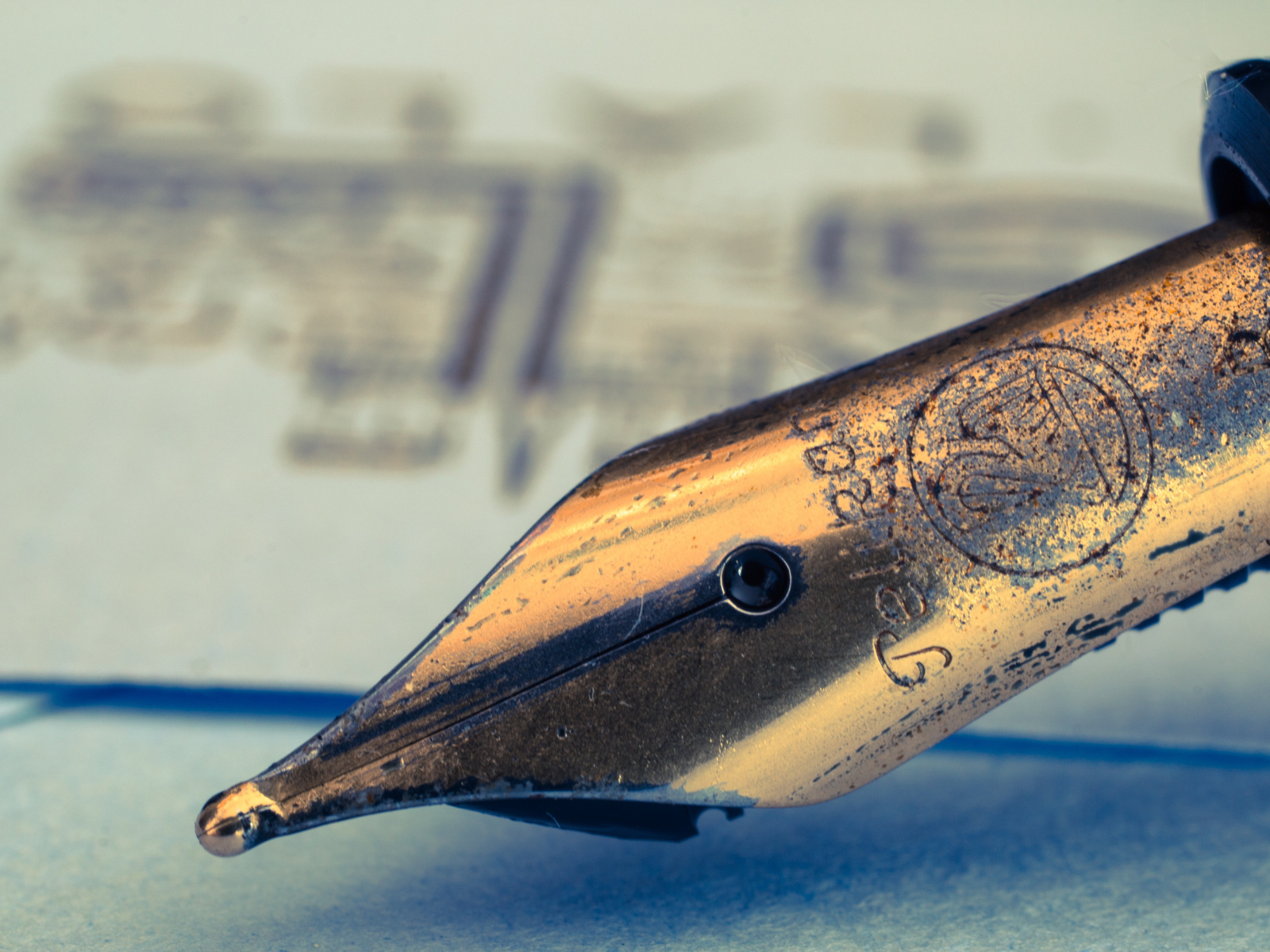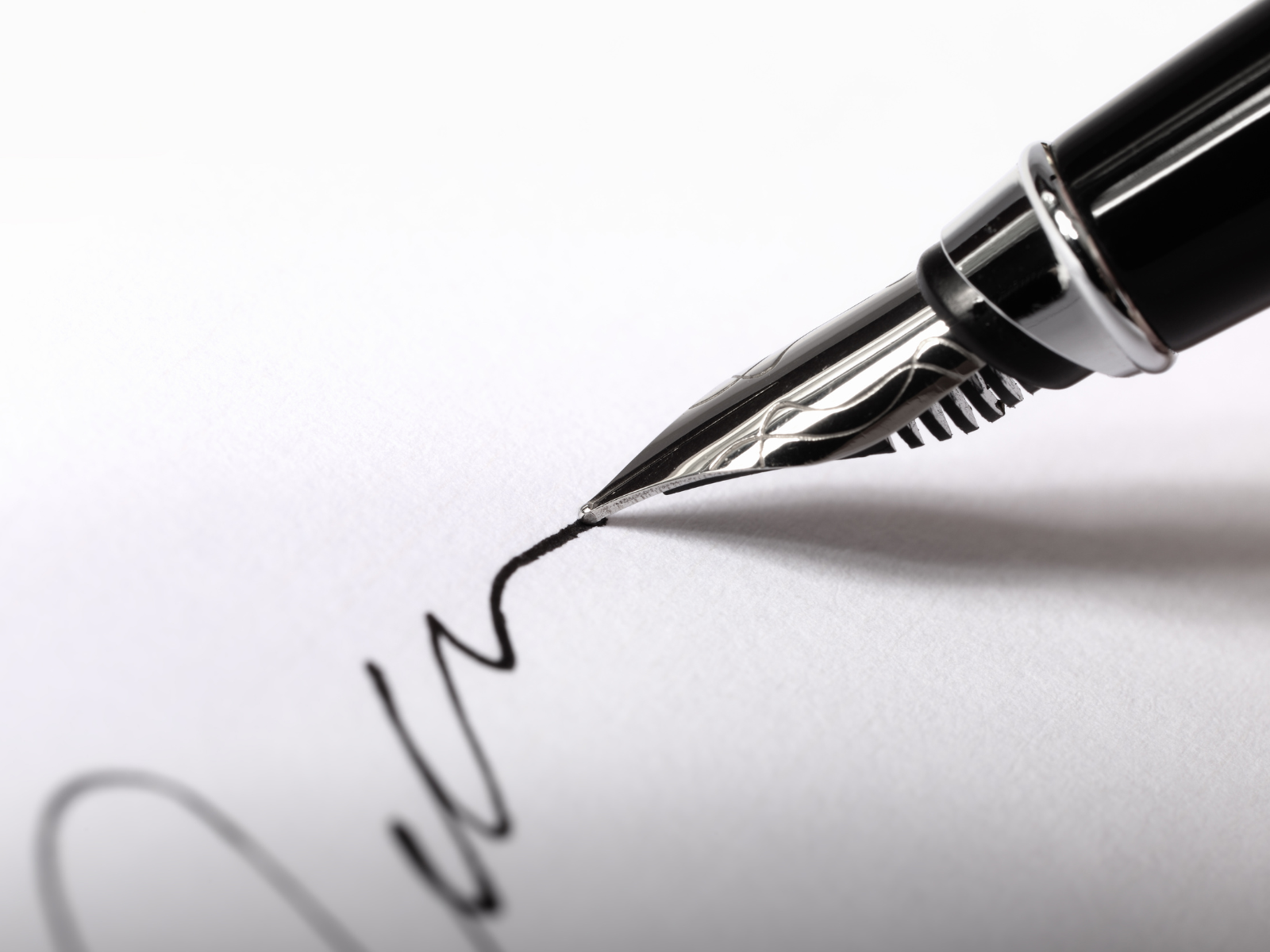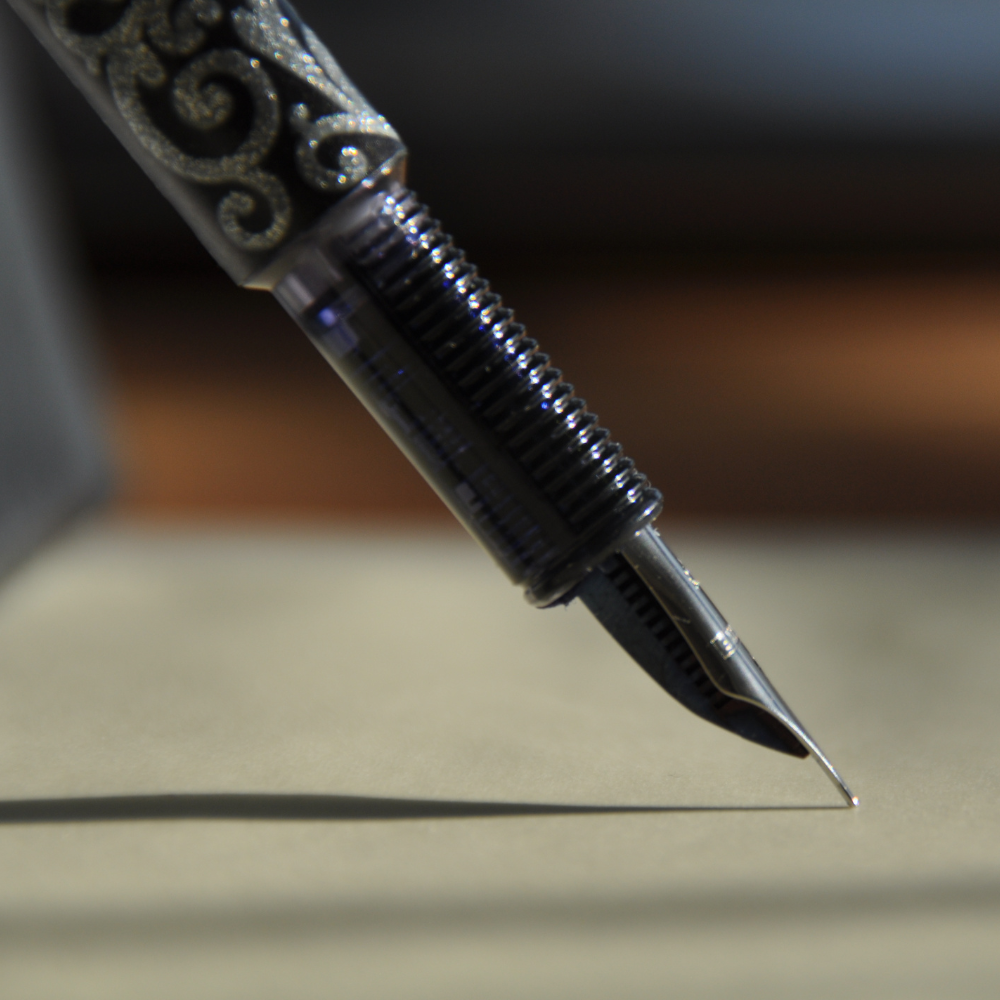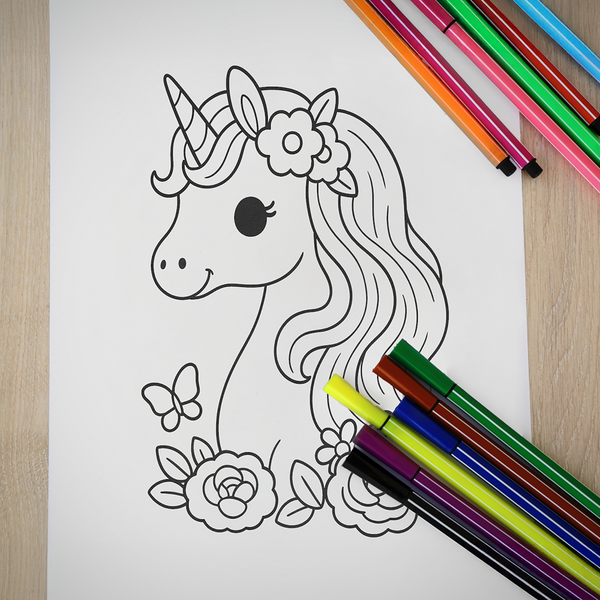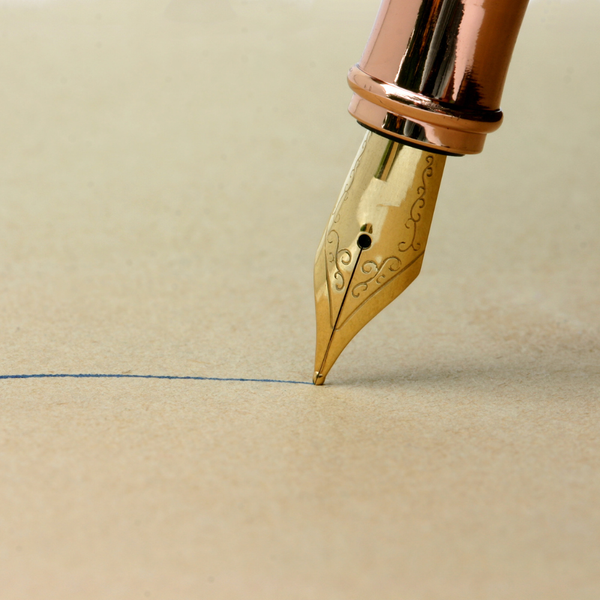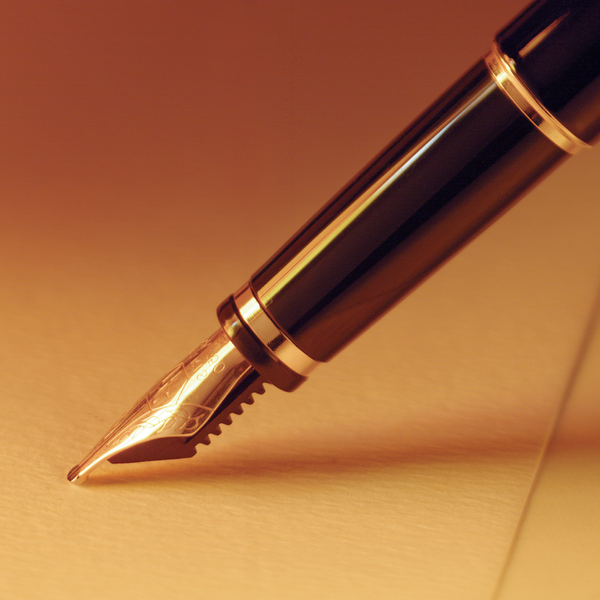In a world where digital dominates, the resurgence of fountain pens might seem like a nostalgic nod to the past, like a step back in time.
Yet, this timeless writing instrument is making a significant comeback, captivating hearts and desks across the globe.
Let's delve into why the fountain pen is reclaiming its place as a beloved tool for expression and elegance.
Key Takeaways:
- Nostalgia and Quality: Fountain pens evoke a sense of nostalgia and offer superior writing quality that modern instruments often lack.
- Sustainability: These pens are less wasteful compared to disposable pens, aligning with growing environmental concerns.
- Personalization and Style: Fountain pens provide a level of customization and style that enhances the writing experience.


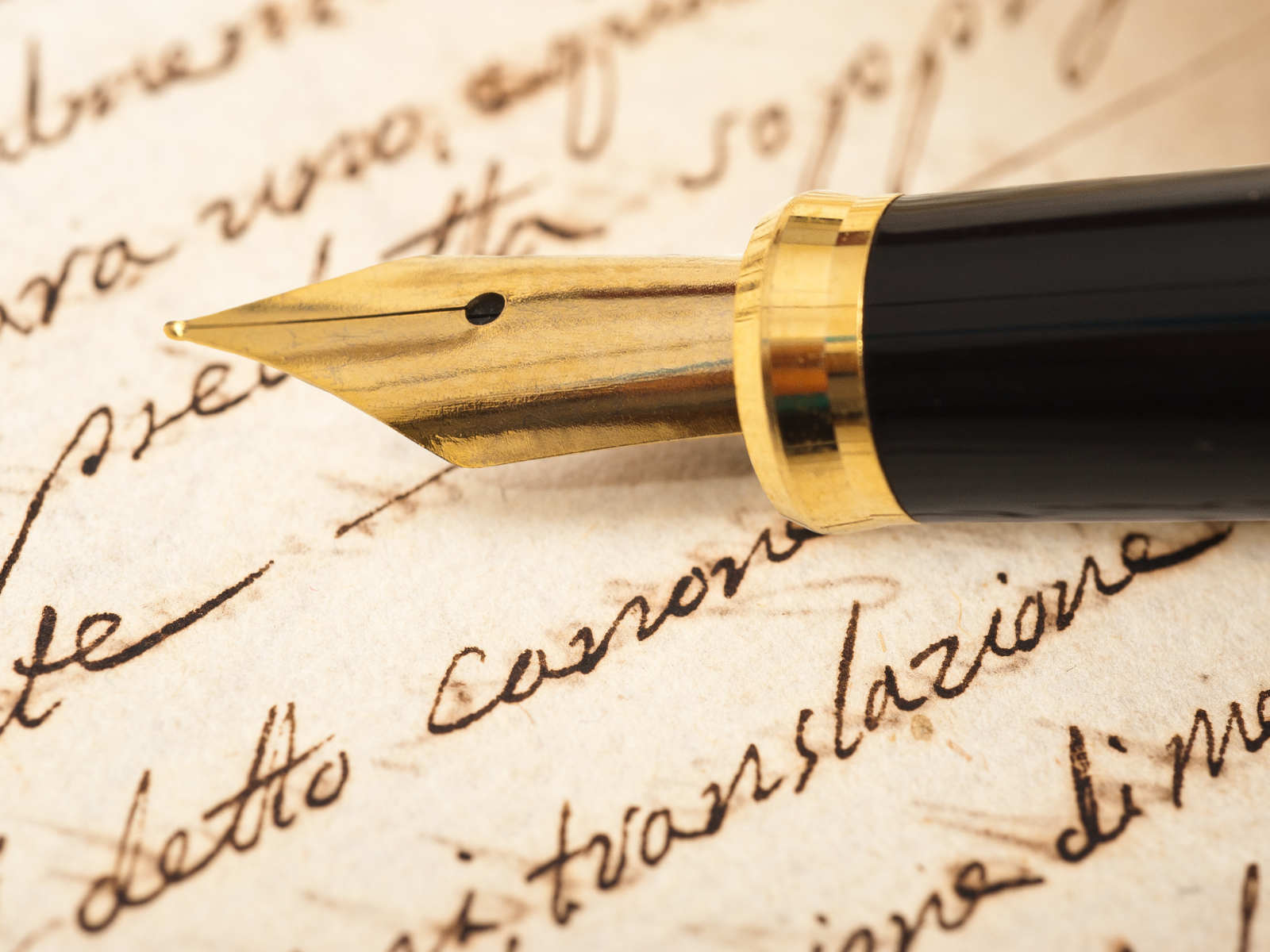
The Allure of Nostalgia
Fountain pens remind us of a time when communication was an art form.
The act of writing with a fountain pen, from uncapping the chrome barrel to the fine upward strokes, can transform ordinary note-taking into a more thoughtful and deliberate act.
This connection to the past is not just about aesthetics; it's about reviving a cherished ritual that modern technology often overlooks.
Enhanced Writing Experience
Unlike most ballpoint pens, which require more pressure and often lead to hand fatigue, fountain pens require minimal pressure, allowing for smoother, more comfortable writing.
This can significantly reduce hand cramping and fatigue, making fountain pens a best friend for those who write for extended periods.
Environmental Impact
In the face of increasing environmental awareness, fountain pens score big.
The ability to refill them with bottled ink or cartridge refill systems means less waste compared to disposable pens.
This aspect alone makes fountain pens an environmentally friendly choice for conscious consumers.
Cost-Effectiveness Over Time
While the initial investment in a fountain pen might be higher than buying a pack of regular pens, the long-term savings are considerable.
A single bottle of ink, which can last for several months or even years, is much more cost-effective than purchasing new pens repeatedly.
This makes fountain pens a smart choice for anyone looking to save money in the long haul.
The Joy of Customization
Fountain pen enthusiasts revel in the ability to customize their pens, from choosing nib sizes like broad nib for thicker lines or a fine nib for detailed work, to selecting from a plethora of ink colors.
This level of personalization is not typically available with other pens, making each writing experience unique.
Quality of Craftsmanship
Pen manufacturers have turned fountain pens into a symbol of craftsmanship and luxury.
The attention to detail in every component, from the nib to the barrel, ensures durability and functionality that most cheaper versions of regular pens cannot match.
This quality appeals to those who value craftsmanship and durability in their writing tools.
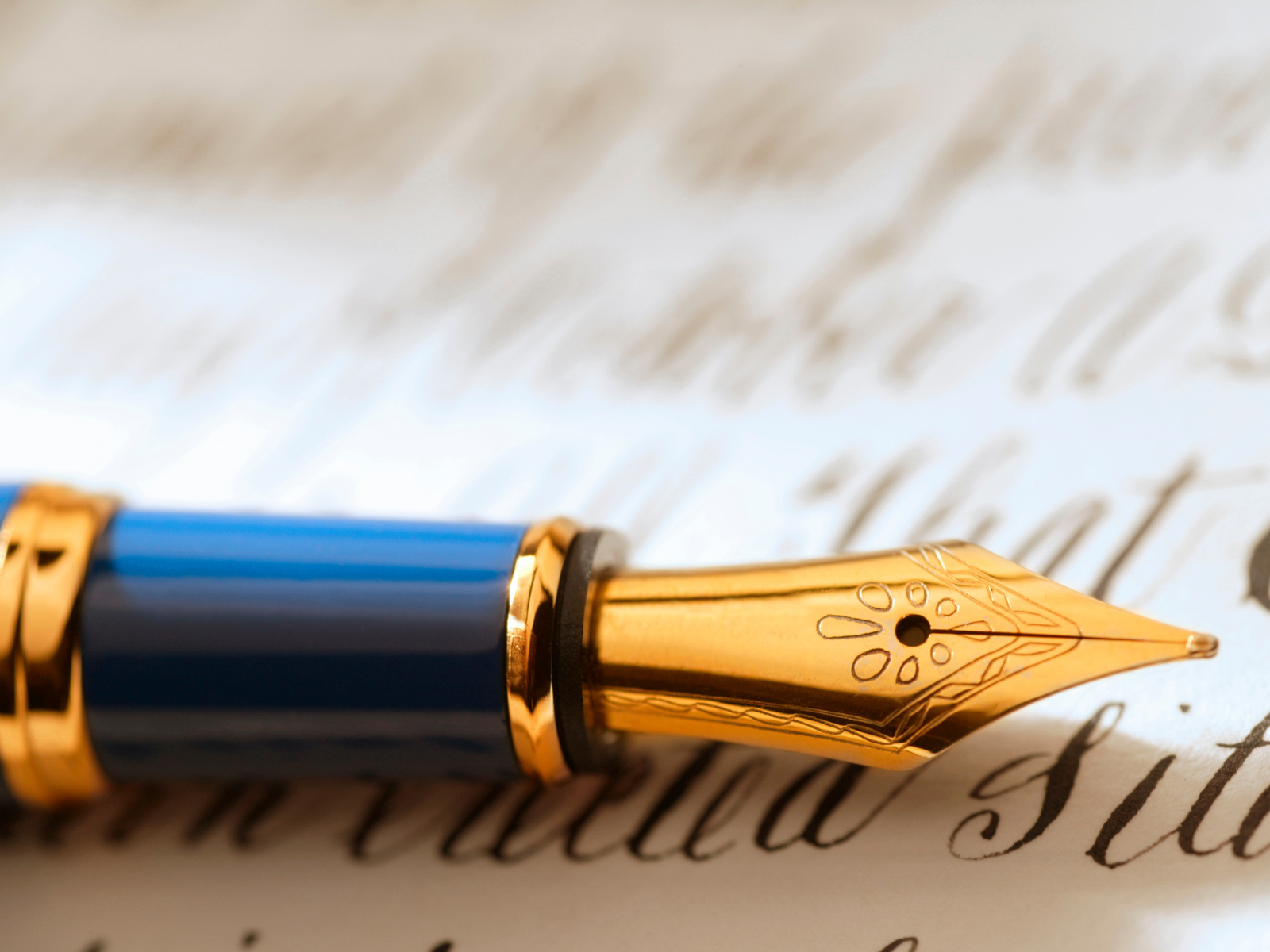
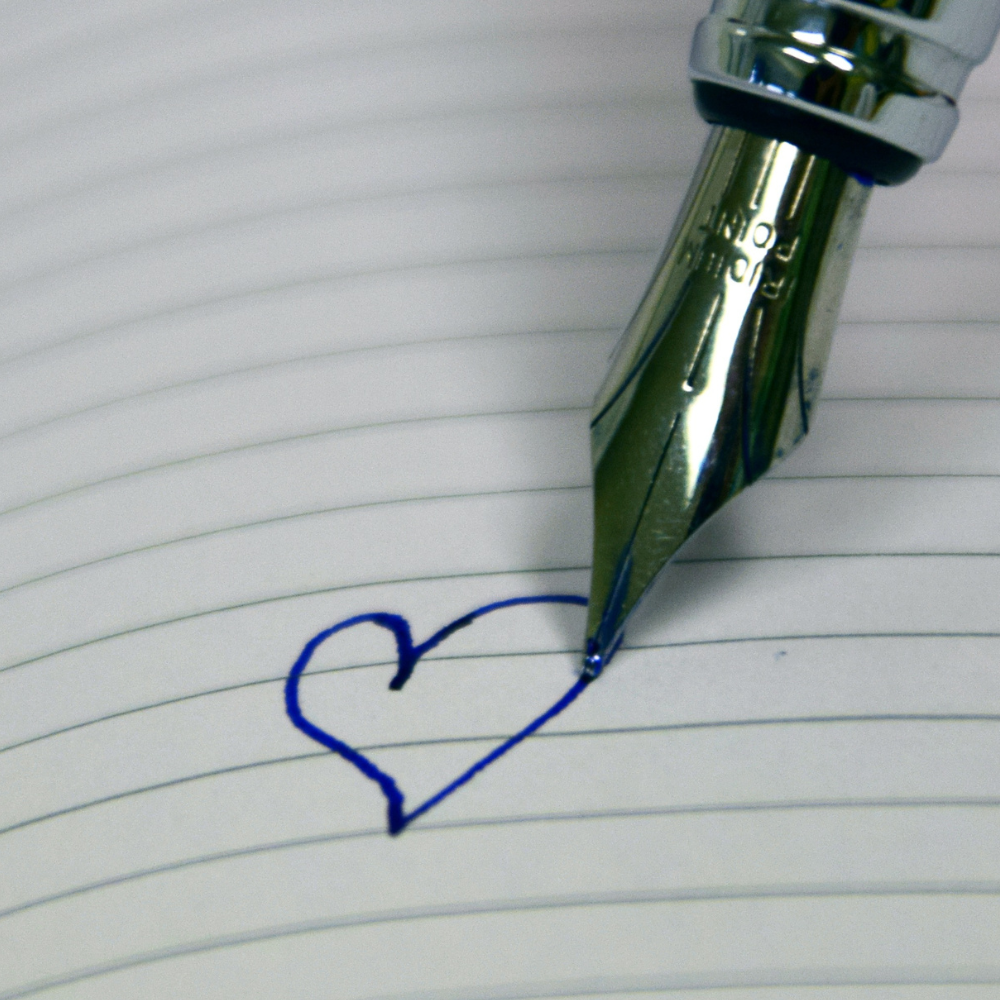
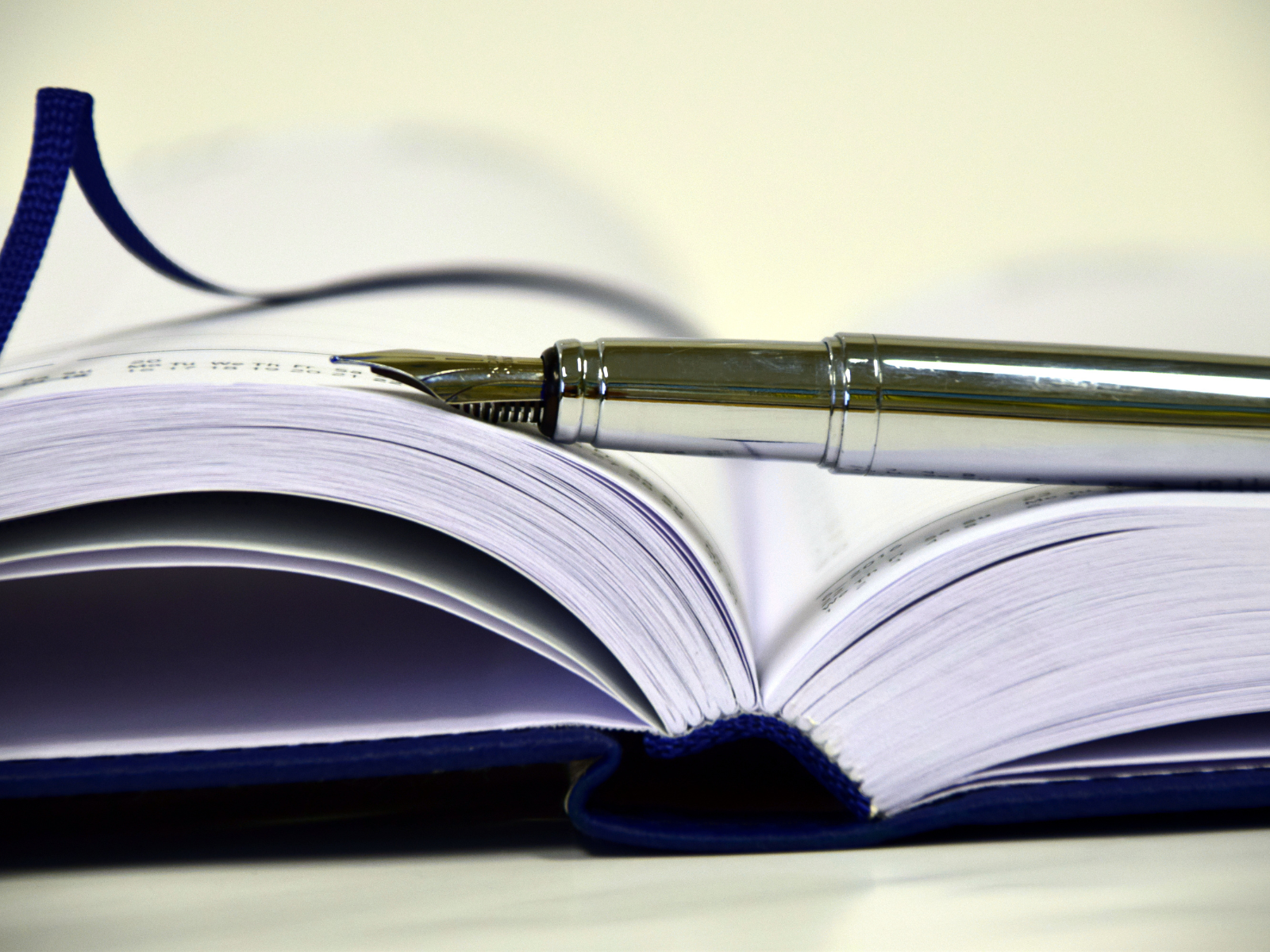
The Variety of Inks
The range of available fountain pen inks is vast, from standard blue and black to vibrant pastel colors and even pigment-based inks.
This variety allows users to express themselves in ways that other pens do not offer.
Whether it's taking notes or creating art, the ink choices with fountain pens enhance the creative possibilities.
Writing as a Status Symbol
In many professional settings, carrying a fountain pen is seen as a status symbol.
It reflects a level of sophistication and a deep appreciation for the finer things in life.
This perception continues to drive the popularity of fountain pens among professionals across various industries.
Evolution of Ink Technology in Fountain Pens
Fountain pens have seen significant advancements in ink technology, particularly with the introduction of pigment-based inks and cartridge refill systems.
Unlike the inks used in most pens, which are dye-based, pigment-based inks offer superior permanence and vividness, making them a favorite among those who value durability and color intensity in their writing.
The cartridge refill system, a modern convenience, allows for easy ink replacement without the mess associated with traditional ink bottles.
This innovation not only simplifies the maintenance of a fountain pen but also broadens its appeal to a wider audience.
Moreover, the development of specialized inks like those from Webson Gill has further enriched the fountain pen experience.
These inks are formulated to reduce issues like dried ink or ink splatters, which are common complaints among fountain pen users.
By improving the flow and consistency of the ink, manufacturers ensure a smoother writing experience, encouraging more people to adopt fountain pens as their preferred writing instruments.
This focus on improving ink quality reflects a broader trend in the industry to adapt and thrive in the digital age, where the charm of analog tools like fountain pens continues to hold sway.
Rise of Pigment-Based Inks in Fountain Pens
The shift towards pigment-based inks among fountain pen enthusiasts is a significant development in the writing instrument industry.
Unlike traditional dye-based inks, pigment-based inks offer superior permanence and resistance to fading, making them a preferred choice for those whose writings must stand the test of time.
This type of ink, used by renowned ink makers like Webson Gill, ensures that the vibrant colors and crisp lines do not degrade, even under harsh conditions, thereby preserving the integrity of the document.
Moreover, the formulation of pigment-based inks means that they are less likely to feather or bleed through paper compared to their dye-based counterparts.
This quality makes them highly sought after by professionals and artists who demand precision and cleanliness in their work.
As fountain pens make a resurgence, the adoption of these inks reflects a broader trend towards products that combine traditional elegance with modern technological advances, ensuring that each stroke of the pen is both beautiful and durable.
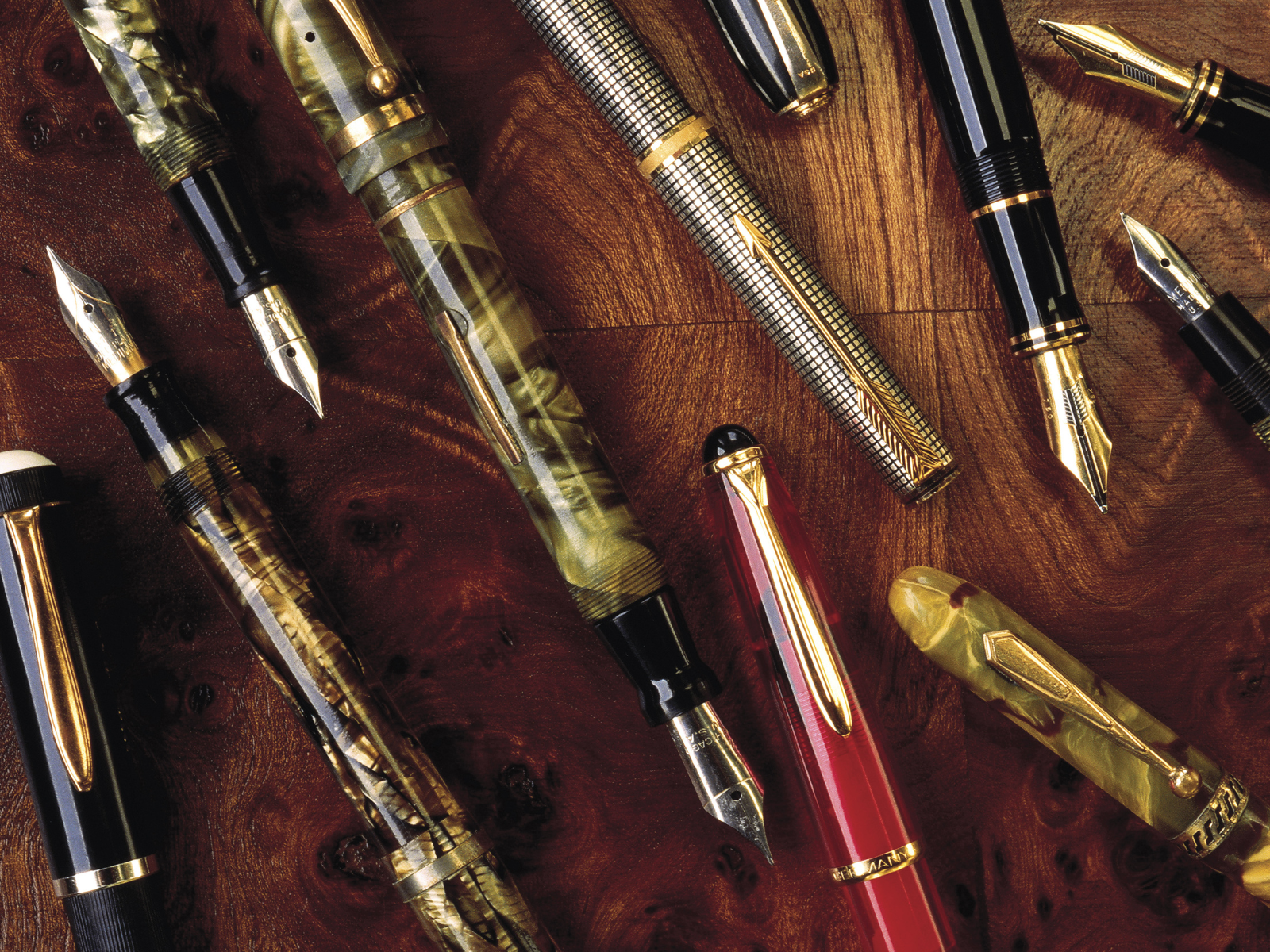
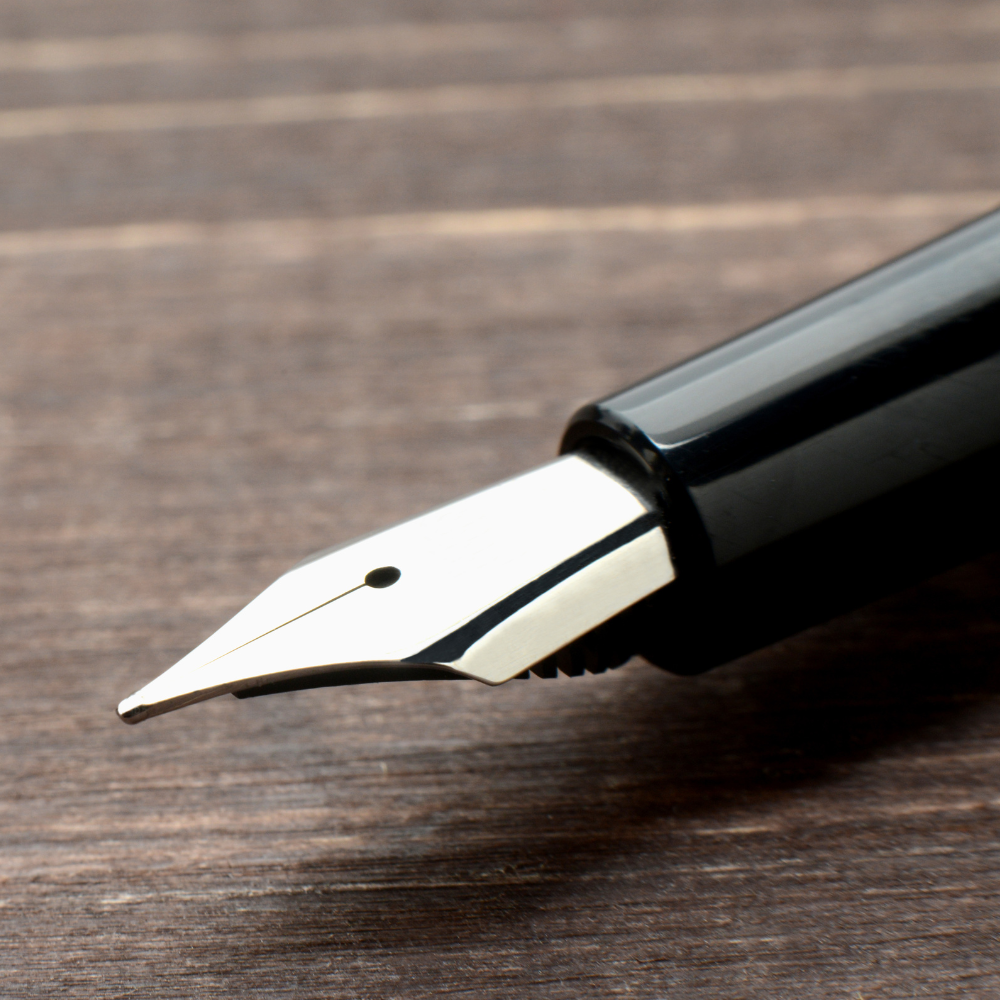

Economic Dynamics of Fountain Pen Ownership
The initial investment in a fountain pen might seem steep compared to grabbing a pack of disposables, but let's break down the real cost.
When you purchase a fountain pen, you're not just buying a single pen; you're investing in a lifelong tool.
Over time, the cost per use of a fountain pen becomes incredibly low. Unlike disposable pens that run out and contribute to waste, a fountain pen only requires new ink cartridges or a refill from a bottle of ink.
This means the more you write, the more cost-effective your fountain pen becomes.
Moreover, for those who write frequently, the savings are even more significant.
Consider the expense of purchasing several pens a year, where each disposable pen might last only a few weeks.
In contrast, one fountain pen can last decades with proper care.
The cost of ink cartridges or bottles, even high-quality ones, is minimal when spread over the years of service provided by the pen.
This economic efficiency is a big deal for students, professionals, and anyone who values sustainability alongside savings.
Economic Appeal of Fountain Pens
Fountain pens, often perceived as luxury items, surprisingly offer significant economic advantages that appeal to budget-conscious writers.
Unlike disposable pens, which need frequent replacement, a well-maintained fountain pen can last decades, if not a lifetime.
This longevity means that the initial higher cost of a fountain pen is amortized over many years of use, making it a more cost-effective choice in the long run.
For those who start writing with fountain pens, the investment quickly pays off as the need for replacements diminishes, showcasing the true economic appeal of these elegant writing instruments.
Moreover, the cost of ink for fountain pens also plays into their economic benefits.
While a bottle of ink might seem pricey, it lasts extraordinarily long, capable of refilling a fountain pen hundreds of times.
The cost per refill becomes minimal when compared to buying new disposable pens every few weeks.
This aspect is particularly appealing in environments like offices or schools where the volume of writing done can make the cost of disposables skyrocket.
Thus, for anyone looking at the long-term implications, investing in a fountain pen makes sound financial sense.
Technological Innovations in Pen Design
The design and functionality of fountain pens have seen remarkable innovations, making them more appealing in an era where digital tools dominate.
Modern fountain pens now feature advancements that prevent ink runs and clogging, issues that once deterred potential users.
These improvements enhance the writing experience by ensuring a smooth flow of ink and reducing maintenance needs.
Not everyone is aware that such technological enhancements exist, making modern fountain pens a revelation to new users accustomed to the simplicity of ballpoints or gel pens.
Additionally, the integration of pigment-based inks has been a game-changer in the fountain pen industry.
These inks are prized for their vibrant colors and superior archival qualities, which prevent fading over time.
This makes fountain pens with pigment-based inks a better pen choice for those involved in professions where document longevity is crucial, such as in legal or archival fields.
The ability to use a variety of such inks not only adds to the functional appeal of fountain pens but also enhances their status as a tool of professional significance.
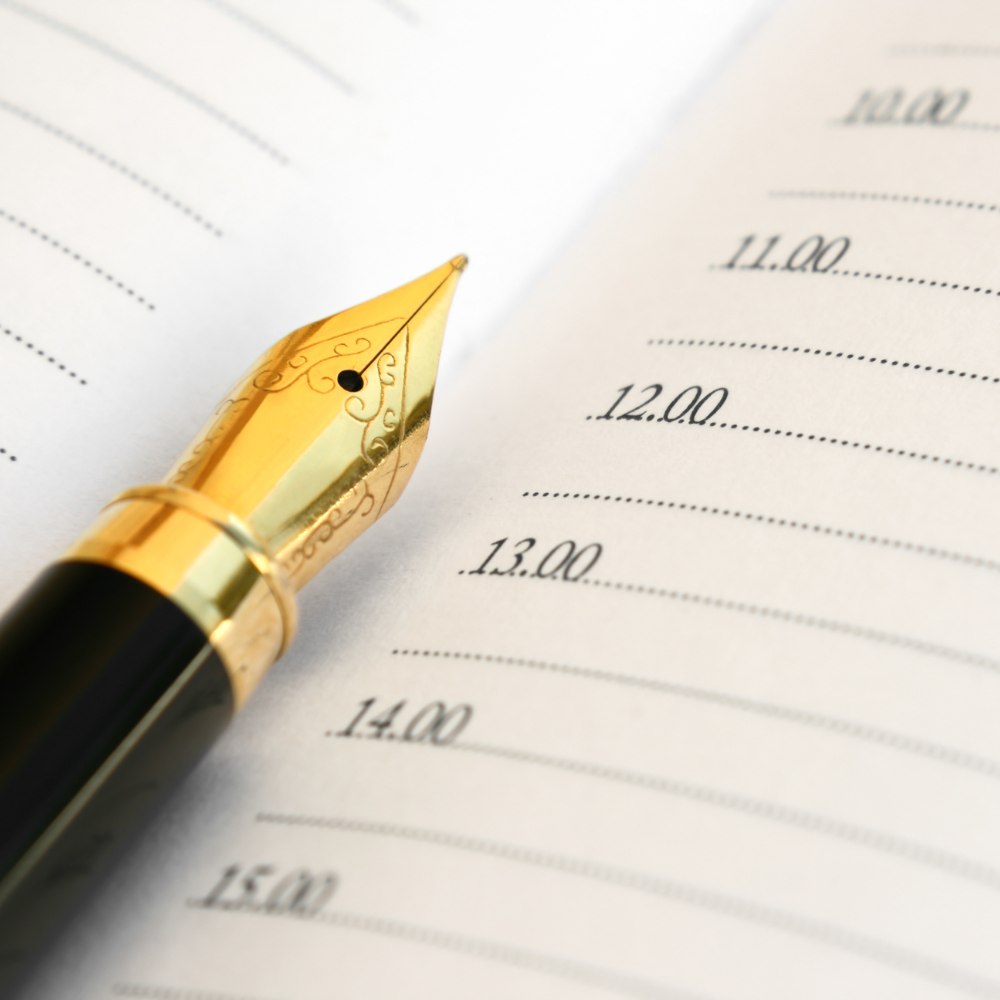

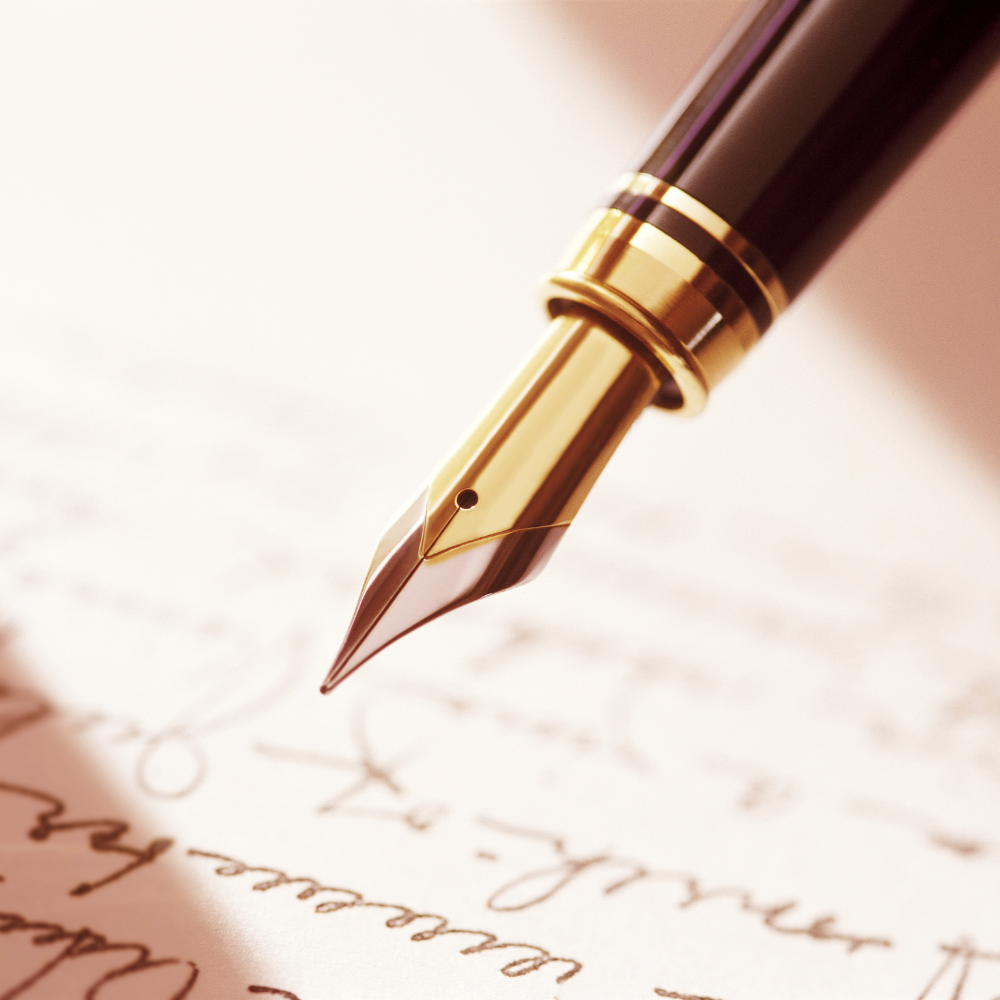
Role of Ink Variety in Fountain Pen Popularity
Ink is the lifeblood of a fountain pen, and the variety available today is a treasure trove for enthusiasts.
Most inks used in fountain pens are dye-based, offering a wide range of colors and shades that make writing a visually appealing experience.
However, the rise of pigment-based inks has introduced options that are not only vibrant but also more permanent and less prone to fading.
This variety allows users to customize their writing experience to suit their mood, task, or aesthetic preferences, turning each writing session into a personal expression.
Colored ink choices also play a significant role in the resurgence of fountain pens.
With colors ranging from deep blues to vibrant oranges, writers can easily switch from one mood or task to another with just a change of ink.
This flexibility is particularly appealing in artistic or professional settings where presentation matters.
Whether drafting a formal document or doodling in a journal, the ink from a fountain pen enhances the experience, making the act of writing itself a joy.
This isn't just about utility; it's about creating an experience that resonates on a personal level, making the whole pen more than just a tool—it's a companion in the creative process.
Tool for Education and Accessibility
Fountain pens are not just luxury items or collectors' pieces; they play a pivotal role in educational settings and promote accessibility.
Affordable fountain pens are increasingly being recognized as valuable tools in schools for teaching proper handwriting technique.
The use of a fountain pen requires less pressure than a typical ballpoint pen, which can help in developing finer motor skills and preventing hand fatigue during prolonged writing sessions.
This aspect is particularly beneficial for young learners who are just starting to write.
In addition to their educational value, fountain pens are also becoming a tool for inclusivity.
For individuals with certain disabilities, the ergonomic design of many new fountain pen models can offer a more comfortable and manageable writing experience.
This accessibility makes fountain pens a practical choice for a wide audience, reinforcing the idea that quality writing tools should be available to everyone, not just the few.
This democratization of the fountain pen mirrors a broader movement in society to ensure that all tools of expression are within reach of those who wish to wield them.
Pens in the Digital Age: More Than Nostalgia
In an era dominated by digital communication, one might wonder why fountain pens still matter.
The answer lies in the unique experience they offer, which a regular pen or digital device cannot replicate.
Using a fountain pen involves a tactile engagement with paper that many find more satisfying and personal than typing on a keyboard.
This physical connection can enhance focus and creativity, making it a valuable tool for artists, writers, and anyone who values the act of writing as a mindful, deliberate practice.
Furthermore, fountain pens serve as a statement against the disposable culture associated with digital and mass-produced products.
Unlike disposable pens, a well-crafted fountain pen can last a lifetime, often becoming a cherished heirloom.
This aspect of sustainability coupled with the aesthetic pleasure of using a beautifully designed pen makes fountain pens a compelling choice for those looking to reduce their environmental footprint while enjoying a superior writing experience.
As we navigate through the digital landscape, the fountain pen remains a powerful symbol of the enduring value of craftsmanship and tradition.



The Collector's Joy
Collecting vintage pens has become more than just a hobby; it's a passion for many.
The hunt for old fountain pens, each with its own history and character, adds another layer of enjoyment to the writing experience.
For collectors, each pen holds a story, making it a treasure worth seeking.
Practical for Everyday Use
Despite their historical connotations, fountain pens are incredibly practical for everyday use.
Their design to prevent ink leaks and ensure a consistent ink flow makes them reliable companions in any writing task.
Plus, the ability to carry refills or a separate ink bottle ensures that one never runs out of ink unexpectedly.
Embrace the Timeless Charm of Fountain Pens
The resurgence of fountain pens is more than just a tribute to tradition; it's a celebration of craftsmanship, personal expression, and sustainability.
These elegant instruments provide a unique writing experience that modern devices cannot match, appealing to everyone from young learners to seasoned professionals.
Their blend of nostalgia, personalization, environmental friendliness, and superior writing quality makes them appealing to a broad audience.
Whether you're jotting down notes or crafting a personal letter, the fountain pen stands out as a distinguished choice that enriches your writing and connects you to a rich heritage of artistry.
Rediscover the joy and sophistication of using a fountain pen and let each stroke tell a story of elegance and flair.
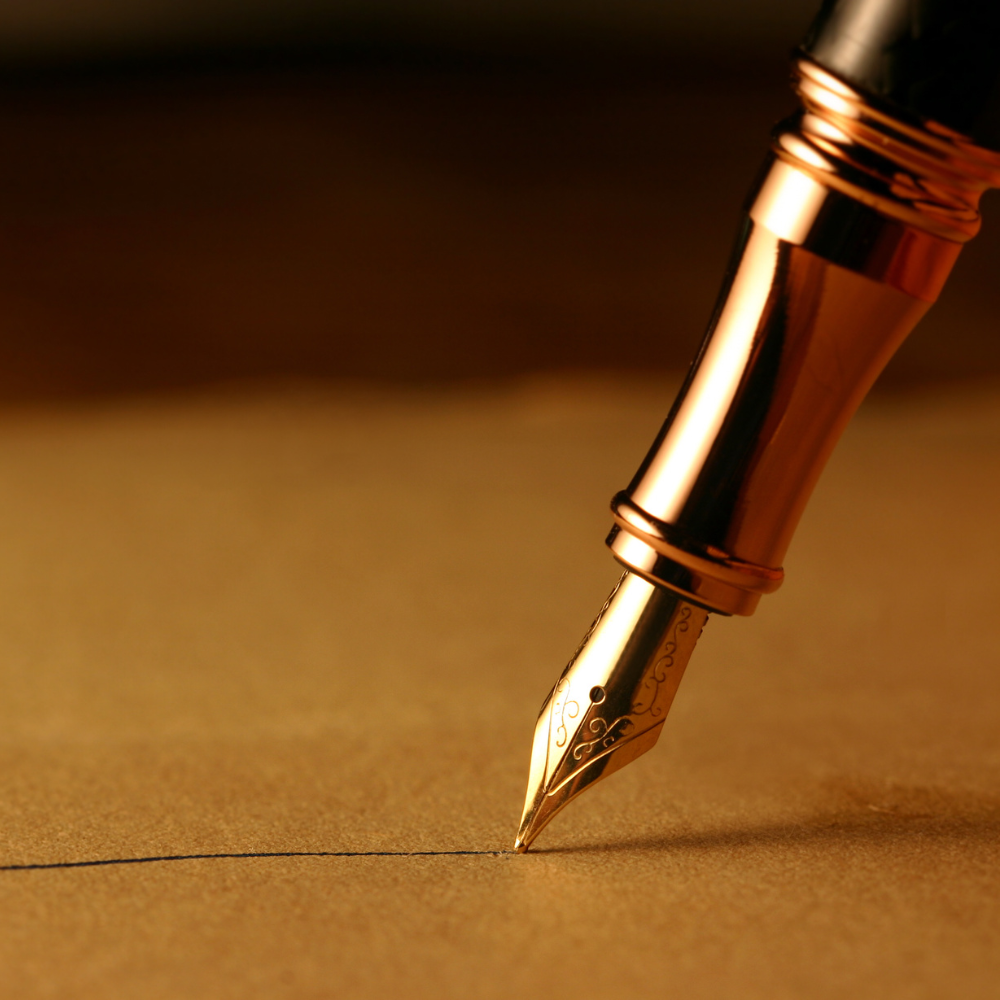
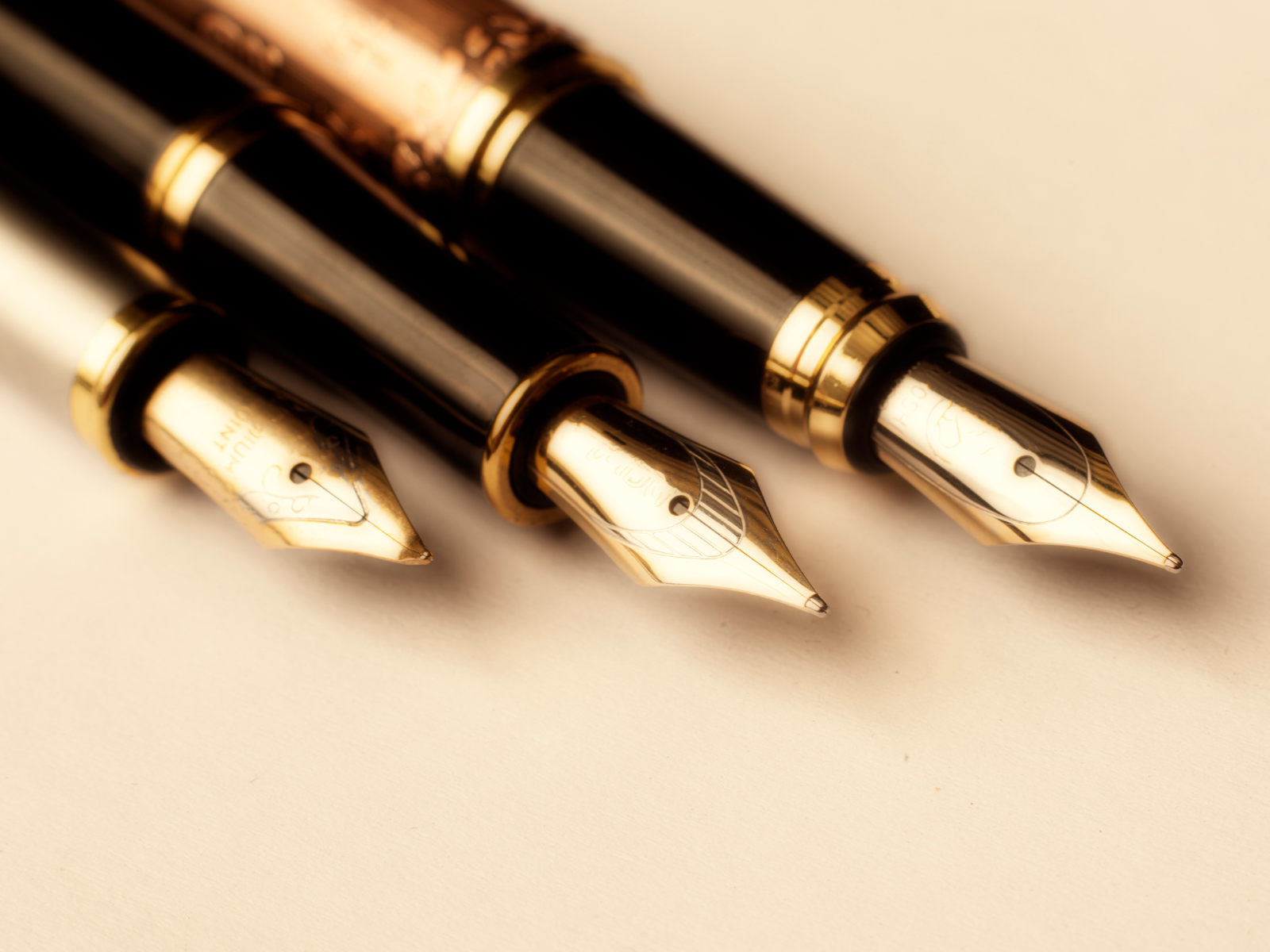

Fountain Pen FAQ
Dive into the elegant world of fountain pens!
Whether you're a seasoned collector or a curious newcomer, understanding the nuances of these classic writing instruments can enhance your writing experience.
From cost comparisons to maintenance tips, we've got all your questions covered.
Let's explore the charm and practicality of fountain pens together, ensuring you get the most out of your penmanship journey.
Are fountain pens more expensive than regular pens?
Initially, fountain pens may cost more than some regular pens, but their refillable nature and durability often make them more economical over time.
Can fountain pens be used for everyday writing?
Absolutely! Fountain pens are designed for comfort and efficiency, making them excellent for everyday writing tasks.
How do I prevent ink leaks in my fountain pen?
Regular cleaning and proper maintenance are key to preventing ink leaks. Ensuring that the nib and cap are securely fastened can also help minimize the risk of leaks.


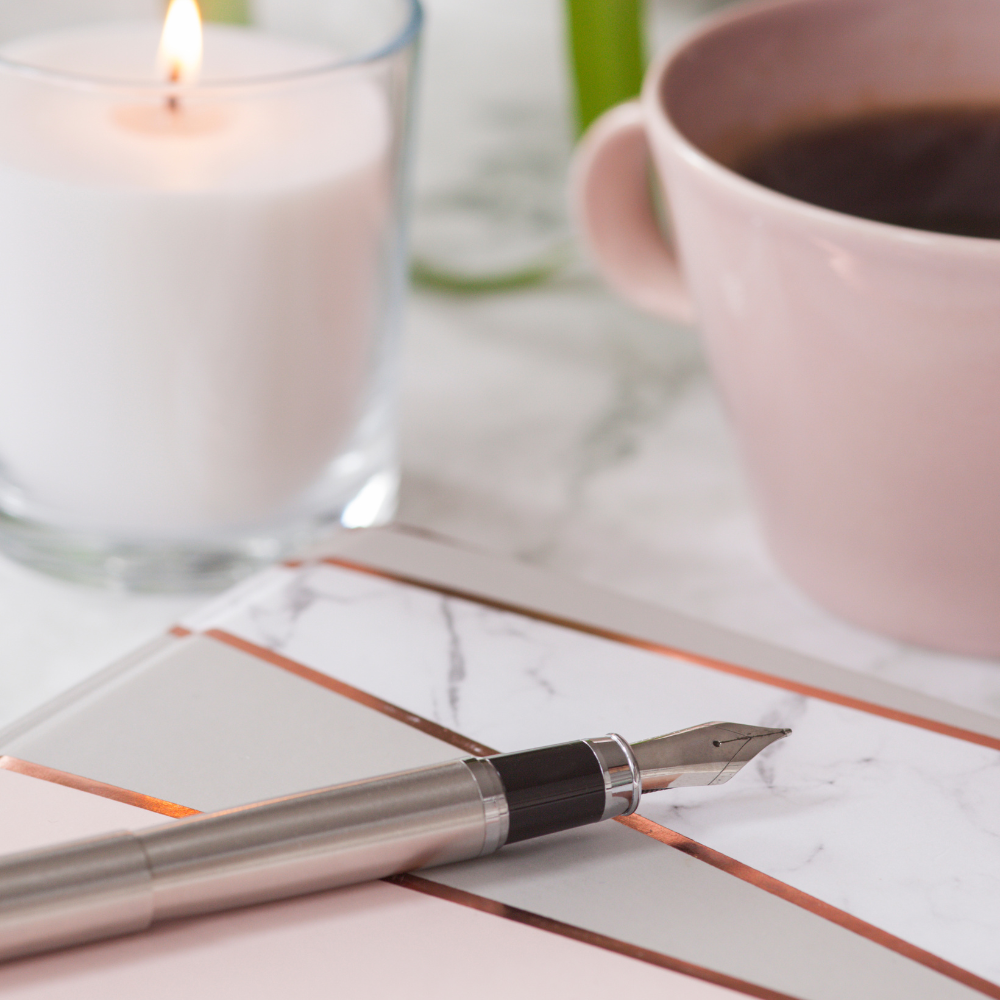
Curious to learn more about fountain pens? Check out Jet Pens' video!
Want even more content about creativity and art?
Be sure to check out all of our creative chronicles!
Interested in learning more about drawing with pens?
Check out some of our other articles:
-What is better than a fountain pen?
-What is the disadvantage of fountain pens?
-Why no one uses fountain pens
-Why do people like fountain pens so much?
-How many fountain pens should I own?
-Do fountain pens get better with age?
